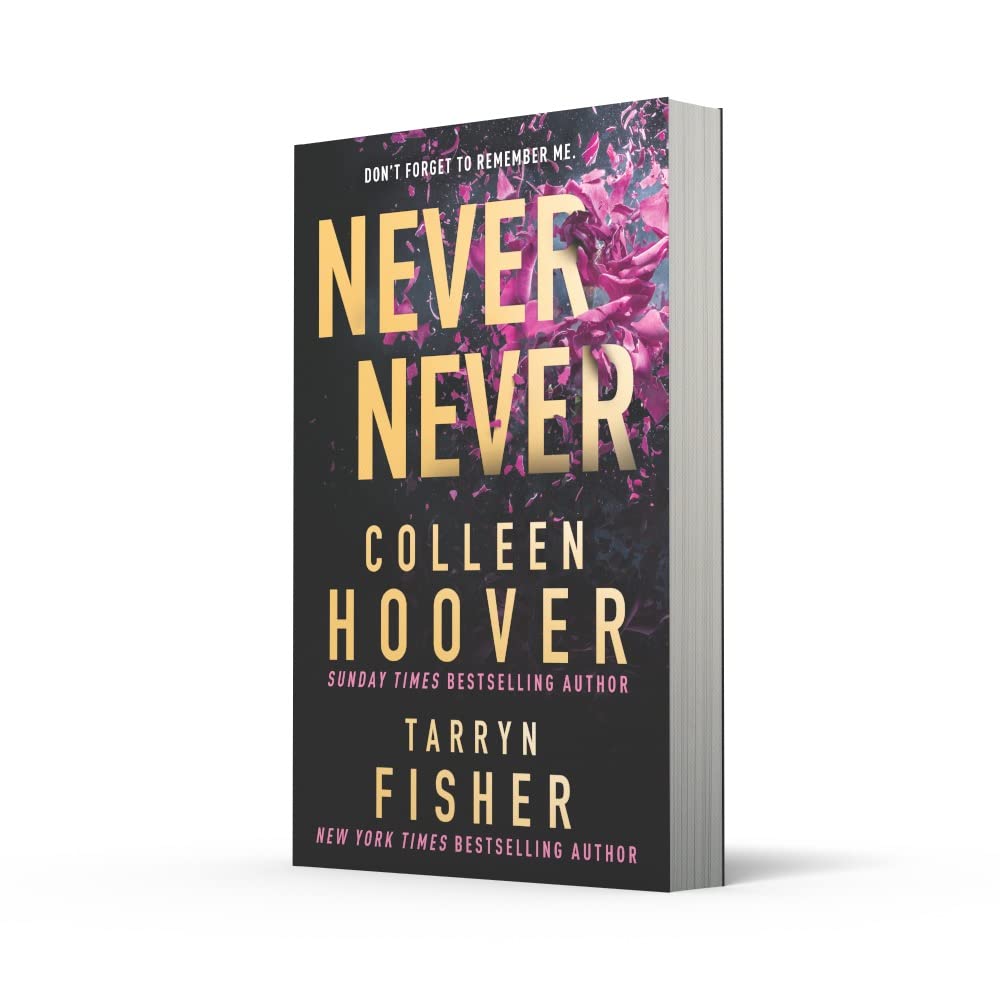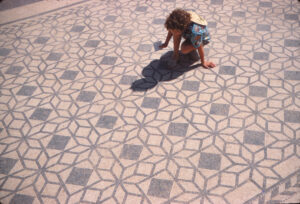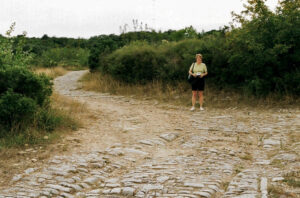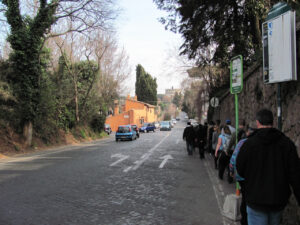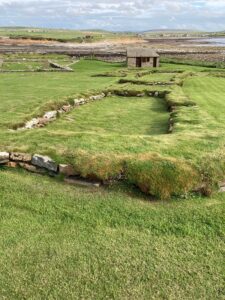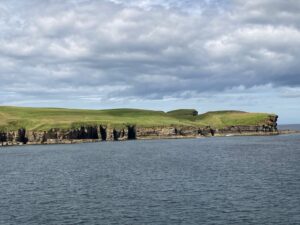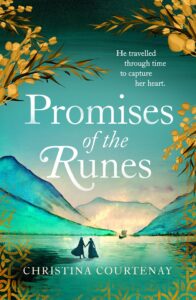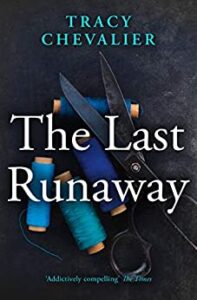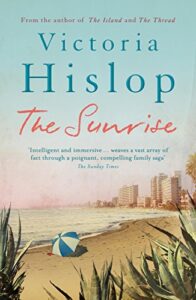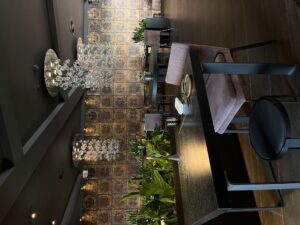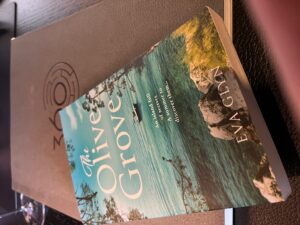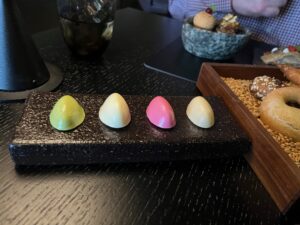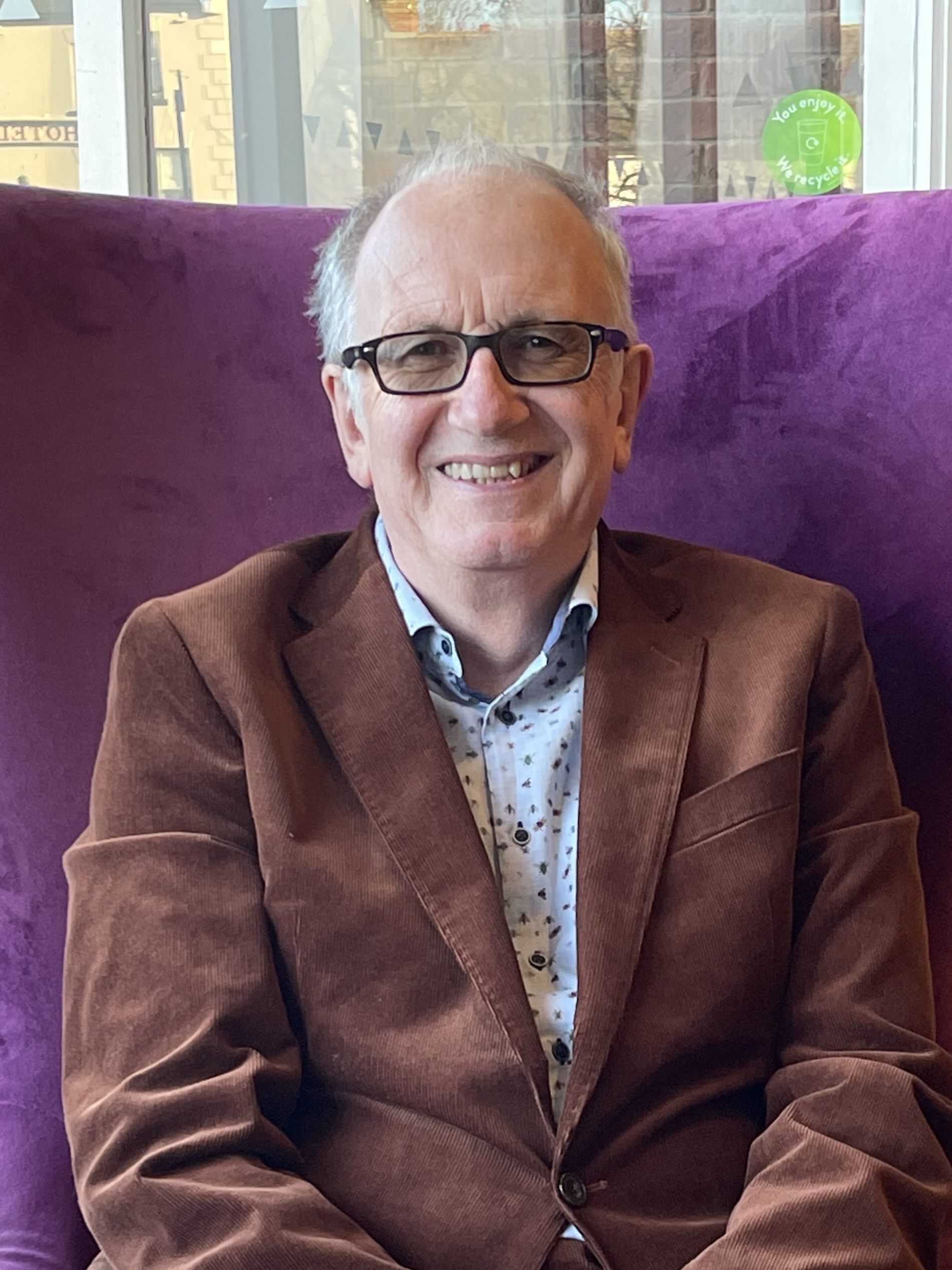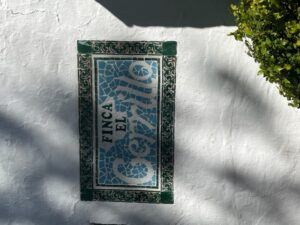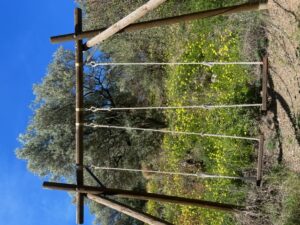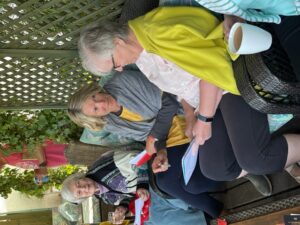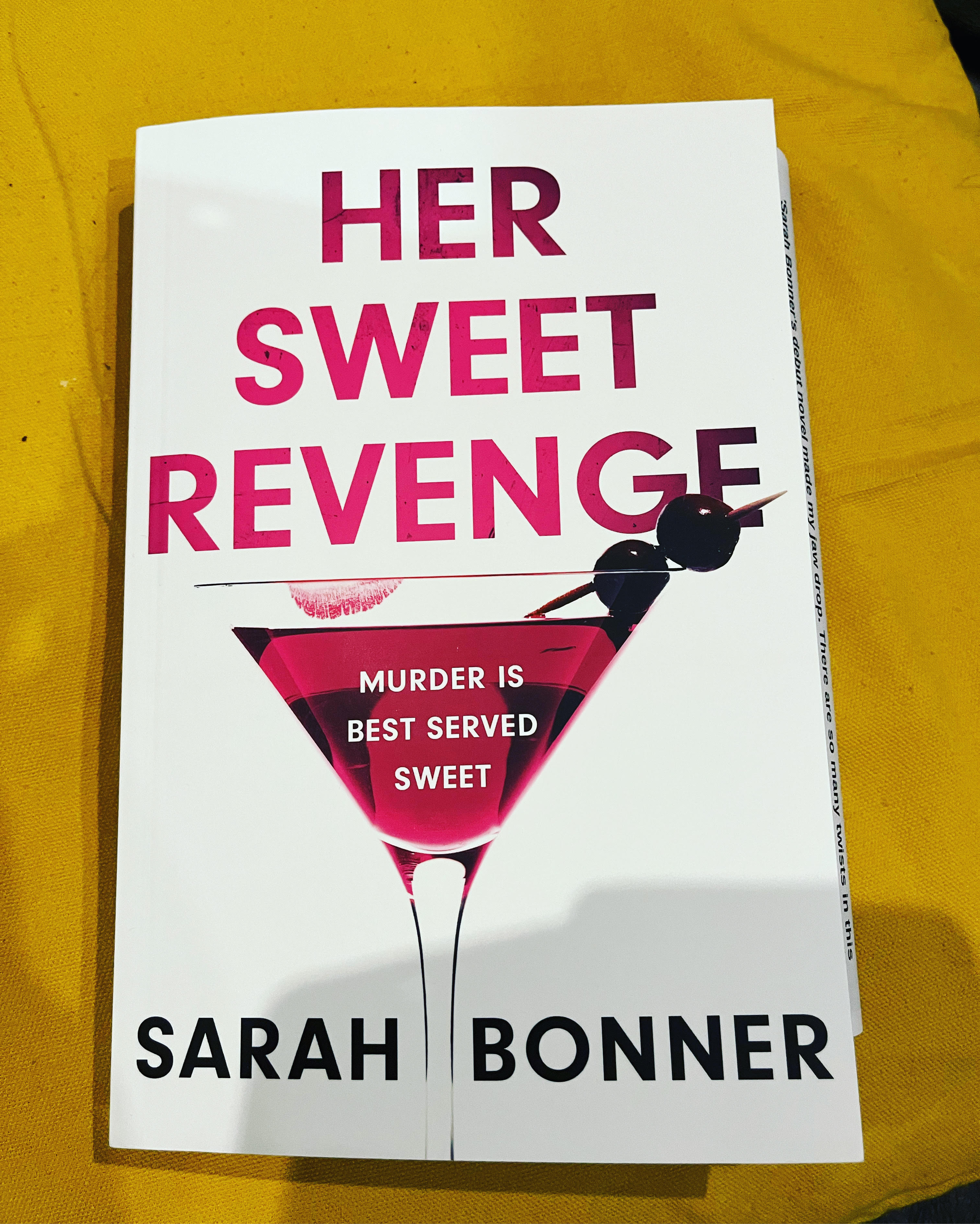The powerhouse couple of Colleen Hoover and Tarryn Fisher was always going to be an event and my, my, what a book this is. The first in a trilogy about a teenager couple who’s memory vanishes. It’s hard to place the genre initially, but the ride is there in the characterisation and whip-smart dialogue. It made me laugh, smile and kept my guessing all of the way.
A good starter to what I reckon is going to be a belter of a trilogy. Loved it.
Charlie Wynwood and Silas Nash have been best friends since they could walk. They’ve been in love since the age of fourteen. But as of this morning… they are complete strangers. Their first kiss, their first fight, the moment they fell in love… every memory has vanished.
Now Charlie and Silas must work together to uncover the truth about what happened to them and why. But the more they learn about the couple they used to be… the more they question why they were ever together to begin with.
Forgetting is terrifying, but remembering may be worse.
The Number One Sunday Times bestselling author of It Ends with Us joins forces with the New York Times bestselling author of The Wives for a gripping, twisty, romantic mystery unlike any other.
Never Never
By Colleen Hoover and Tarryn Fisher
About the author:
Colleen Hoover is the #1 New York Times and international bestselling author of multiple novels and novellas. She lives in Texas with her husband and their three boys. She is the founder of The Bookworm Box, a non-profit book subscription service and bookstore in Sulphur Springs, Texas.
Tarryn Fisher is the New York Times and USA TODAY bestselling author of nine novels. Born a sun hater, she currently makes her home in Seattle, Washington, with her children, husband, and psychotic husky. She loves connecting with her readers on Instagram.

